How to Tell a Story

When we’re trying to tell a story, we all get stuck sometimes. If you could use a little guidance to help you figure out why the story in your head isn’t transferring to the page the way you’d imagined, then you’re in good company. Even award-winning storytellers struggle with this, which is why they develop strategies to help them evaluate their own stories.
Arree Chung, generous soul that he is, took time out of his busy schedule last week to make a video for us that covers some of the strategies he uses for telling stories. A lot of what he covers in this video can be found in his Crafting Picture Book Stories class. But even if you’ve taken the class, sometimes hearing (and seeing) something a little differently (or one more time) helps it click. Arree uses his award-winning picture book Mixed as an example of how his strategies work throughout the following video, so I’ll be giving away a copy at the end of this post.
The Power of Story
Arree makes some important points at the beginning of his video about the power of story.
- We learn through sharing stories.
- Stories touch our heart and make us feel.
- Stories engage our imagination and inspire us to take action.
I don’t know why you’re writing and/or illustrating stories for children, but one of the reasons I write stories is because stories have profoundly impacted my own life for the better. Stories have been a lot of things to me over the years: an inspiration, a guide, an escape, an assignment to be endured, a reward, spiritual enlightenment, and insight into how someone different than me sees the world.
This article from Scholastic for teachers states, “Research supports the idea that reading can expand students’ worldviews and build empathy.” That doesn’t mean that all of our stories should teach children lessons. Kids get plenty of lessons. But it does put some pressure on us as storytellers to represent people with empathy and integrity.
With that being said, let’s dive into Arree’s strategies for telling stories!
Strategies for How to Tell a Story
If you didn’t watch the video earlier, then please watch it to see how Arree used the following strategies to create Mixed.
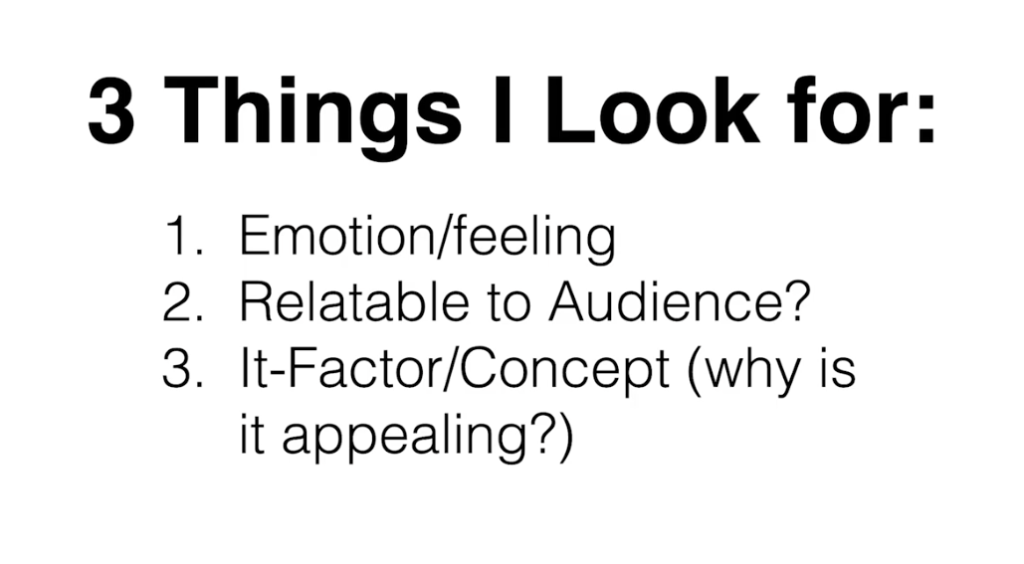
Figuring out the kid-relatable emotion and focusing on one kid-relatable problem in your story will simplify your story and make it more powerful. Your book also needs something special that will make it marketable. If you’re not sure what would make a child pick up your book, you probably still have some foundational work ahead of you.
Some advice I’ve heard from editors at conferences is to remember that even if you start out with a true story from your childhood, you’re the storyteller. You can do anything you want with that story if you’re writing fiction. Keep the emotional core of the memory, and then have fun with it!
The Story Structure Arree Follows
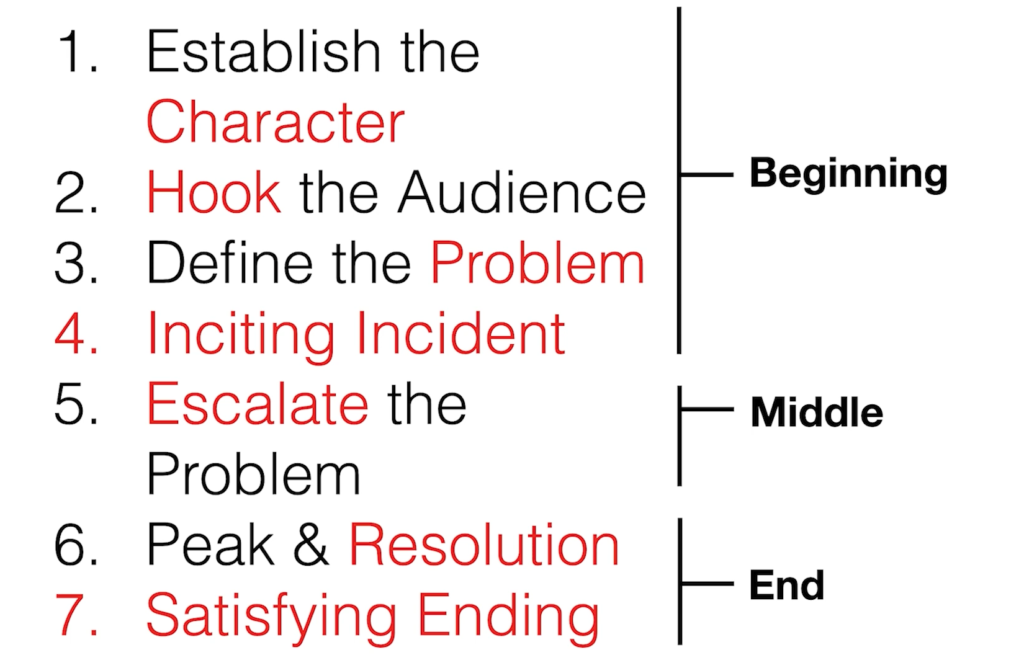
Your story structure doesn’t need to look just like Arree’s, but this is a helpful guideline to hit all of the important elements. And Arree has some helpful questions for you to ask in the beginning section, the middle section, and the ending section of your story.
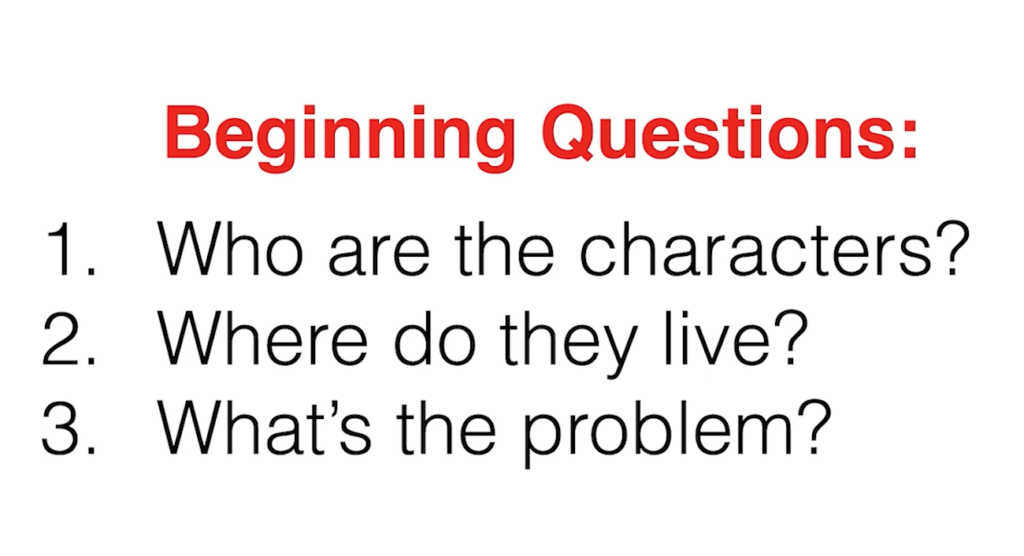

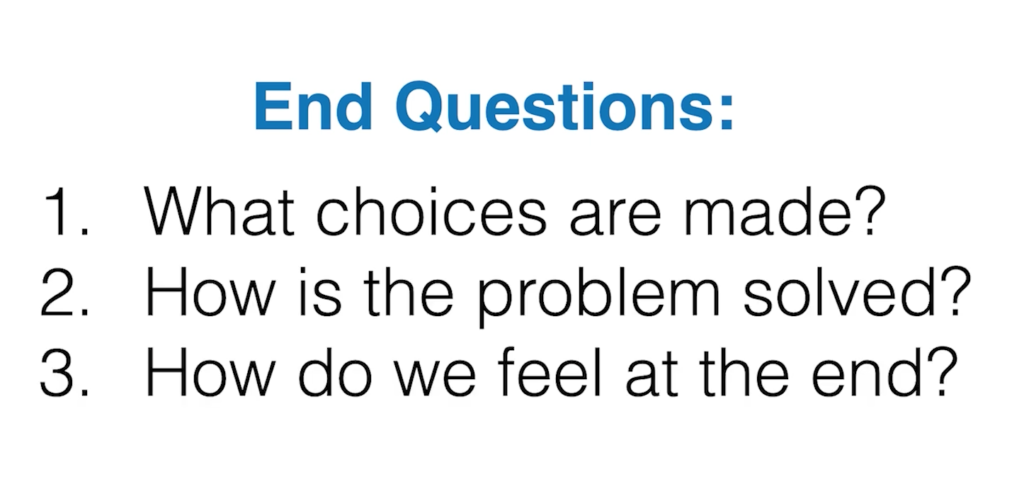
Why Are Stories Powerful?
And circling back to why we’re telling stories in the first place, let’s look at why Arree thinks stories are powerful. Having clarity on what makes stories powerful can help you tell more powerful stories.
- People learn from them.
- People identify with it.
- Inspire that imagination!
Book Giveaway

I’m giving away Arree Chung’s Mixed. Tell me something helpful you learned from Arree’s video in the comments to enter. This giveaway will close on April 5 at midnight, PDT. You can share this post on social media for extra entries. Just post a link (or let me know) in a comment below.
Thanks for reading!

Myrna Foster
Myrna Foster writes and edits content for Storyteller Academy and the WriteRiders Newsletter for SCBWI Nevada. She has spent a lot of time teaching and coaching children, including five years as a preschool teacher. She's also worked as a journalist, and Highlights High Five has published six of her poems.
FREE DOWNLOADABLE RESOURCES
Find them HERE

Learn how to write your children's book from professional, award-winning authors and illustrators
in your own time, at your own pace.
JOIN OUR COMMUNITY
Your creative village is waiting for you HERE.
And it's free!
FEATURED

How to Write Children's Books in 7 Steps
EXPLORE
RECENT POSTS
Instructor Stories: Darcy Pattison
Instructor Stories: Baptiste Paul
Instructor Stories: Isabella Kung
Challenges & Twitter Events for Kidlit Creators
Use Mentor Texts to Write Chapter Books
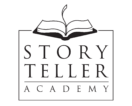

12 thoughts on “How to Tell a Story”
I have learned from Arree through this video and others that my work doesn't need to be perfect, but colorful with emotion and truth and relatable on a level that brings people together. As a mixed family, we have really enjoyed this book! I love Arree's emphasis on the reader's feelings cementing what they take away from the story. That encapsulates the goal of writing so well.
I appreciate the straightforward advice from Arree. As I work on my second book, Arree’s voice is a useful reminder to focus on the audience that wants a clear resolution to the story. Thank you, once again, for expert advice!
I like the beginning, middle, end questions that Aree asks.
I love how arree breaks down story structure and explains the parts of story with examples. The IT factor has helped me evaluate my ideas; I can focus on the ideas that are the most kid relatable with a strong hook!
I love how Arree lays everything out in easy to follow steps, not only that a story needs a beginning, middle, and end, but what needs to be included in each section and the questions to ask myself as I work through from draft to final product. I appreciate that he includes examples from his own book that illustrate what he’s talking about too.
I shared this on my Twitter page @kiwiMiaWrites
I loved watching Aree's presentation. I have a difficult time breaking up the structure of a story so that I can pin point where it's weak. By using his PB Mixed I can refer back to the different elements so I can better understand why my story arc isn't working. I also find my endings are weak as I rush to tell the story and then run out of steam. Aree's structure helps to slow this process down and to ensure I've actually ended the story satisfactorily.
I have learned from Arree that I should simplify my ideas. That if I have a good core idea, I don't need to be so verbose. (My dad used to call me Motor-Mouth, with good reason!) I need to figure out a simpler way to get my ideas across, without drowning in too many words. Thanks, Arree!
I like the story arc structure for picture books. Establish the character, hook the audience, define the problem, inciting incident, escalate the problem, peak & resolution, and satisfying ending. Anytime I learn about story structure, no matter how basic, I truly appreciate it to remind myself to follow it.
Great reminder that it's not enough to have a problem in the story, but it needs to be escalated!
I have a hard time organizing all of my ideas into a simple story. I have learned through Arree's video that my work doesn't need to be perfect, but simplified with color and relatable feelings on a level that brings people together. I love Arree's emphasis on the reader's feelings cementing what they take away from the story. I have learned that I should simplify my ideas. That if I have a good core idea, I don't need to be too wordy or afraid to share my idea. I need to figure out a simpler way to get my ideas across, without drowning in too many words. Thank you for creating the video to be rewatched when we get “stuck”
I appreciate the reminder that emotions are at the core of the story. I often hear PB authors say to write stories from ones own childhood. I don’t have a lot of vivid childhood memories but I do remember emotions!
This is a great reminder – escalate, escalate! Funny how my mind forgets in the thick of it